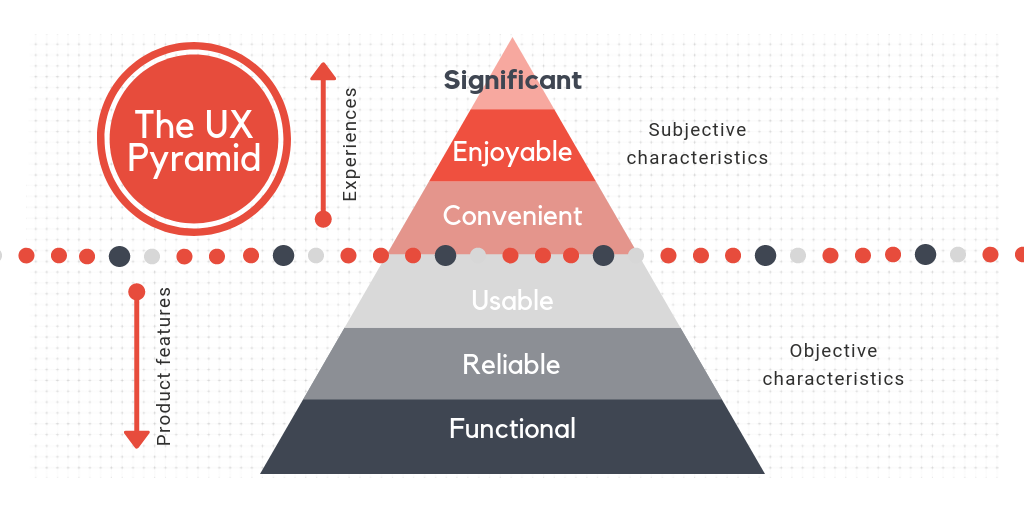
What are some challenges designers face when implementing minimalist UI design principles in complex interfaces?
Minimalism has become a dominant trend in UI design, revolutionizing the way websites and applications are created. With its emphasis on clean layouts, essential elements, and negative space, minimalist UI design prioritizes user experience and aesthetics. By focusing on intuitive navigation, reduced clutter, and key functionalities, this approach creates a simple and elegant user interface that stands the test of time.
One of the key principles of minimalist UI design is the use of negative space. Negative space, also known as white space, refers to the empty areas between elements on a page. It provides breathing room for the content and helps to draw attention to the important elements. By strategically incorporating negative space, designers can create a sense of balance and harmony, making the user interface more visually appealing and easier to navigate.
Another important aspect of minimalist UI design is the removal of unnecessary elements and clutter. By eliminating extraneous features and focusing on the essential functionalities, designers can create a streamlined and efficient user experience. This approach ensures that users can easily find what they are looking for and perform their desired actions without any distractions or confusion.
One of the key benefits of minimalist UI design is its timeless aesthetics. By focusing on clean and simple layouts, minimalist designs have a classic and elegant appeal that transcends trends and fads. This means that even as design trends evolve, minimalist interfaces remain relevant and visually appealing. This is particularly important in the fast-paced world of technology, where design trends can quickly become outdated.

How does usability testing help ensure that minimalist UI design, with its potential limitations in complexity, still meets the needs and expectations of users?
Usability testing is an essential part of the minimalist UI design process. By conducting user testing, designers can gather valuable feedback and insights on how users interact with the interface. This feedback can then be used to refine and improve the design, ensuring that it meets the needs and expectations of the target audience. Usability testing helps to identify any pain points or areas of confusion, allowing designers to make necessary adjustments and create a more user-friendly interface.
When it comes to minimalist UI design, flat design is a popular choice. Flat design is characterized by its clean and simple aesthetic, with a focus on minimalistic elements and a two-dimensional appearance. This design style eliminates the use of gradients, shadows, and textures, resulting in a clean and modern look. Flat design also enhances usability by making the interface more intuitive and easier to navigate.
Images play a crucial role in minimalist UI design. They can be used to convey information, evoke emotions, or simply add visual interest to the interface. However, it is important to use images judiciously and ensure that they enhance the overall user experience. Images should be relevant, high-quality, and used sparingly to avoid overwhelming the user or detracting from the simplicity of the design.
In conclusion, minimalist UI design has emerged as a powerful approach in creating clean and simple user experiences. By prioritizing intuitive navigation, reduced clutter, and key functionalities, this design philosophy enhances user experience and creates timeless aesthetics. The use of negative space, flat design, and strategic image placement are key elements of minimalist UI design that contribute to its success. Through usability testing and continuous refinement, designers can ensure that their minimalist interfaces meet the needs and expectations of their users, resulting in a user-friendly and visually appealing experience.




